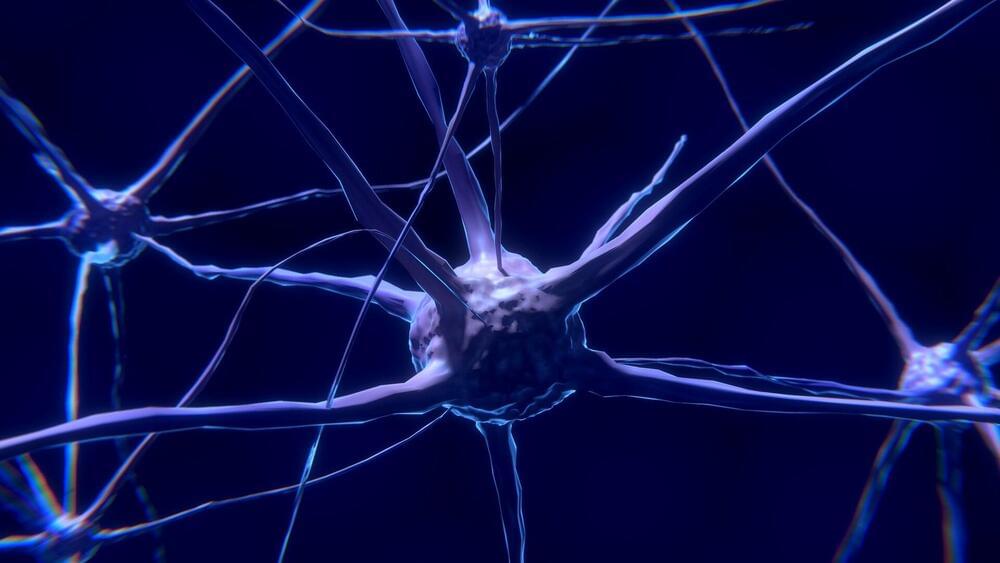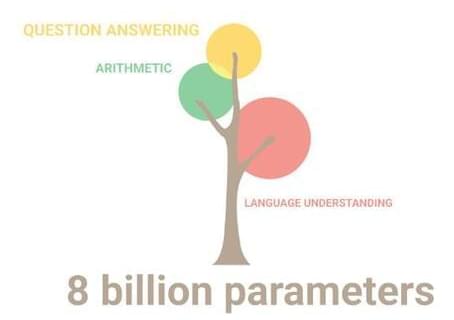Apr 5, 2022
Could Artificial Intelligence ever Surpass Humans?
Posted by Jose Ruben Rodriguez Fuentes in categories: ethics, information science, robotics/AI
The battle between artificial intelligence and human intelligence has been going on for a while not and AI is clearly coming very close to beating humans in many areas as of now. Partially due to improvements in neural network hardware and also improvements in machine learning algorithms. This video goes over whether and how humans could soon be surpassed by artificial general intelligence.
–
TIMESTAMPS:
00:00 Is AGI actually possible?
01:11 What is Artificial General Intelligence?
03:34 What are the problems with AGI?
05:43 The Ethics behind Artificial Intelligence.
08:03 Last Words.
–
#ai #agi #robots


















